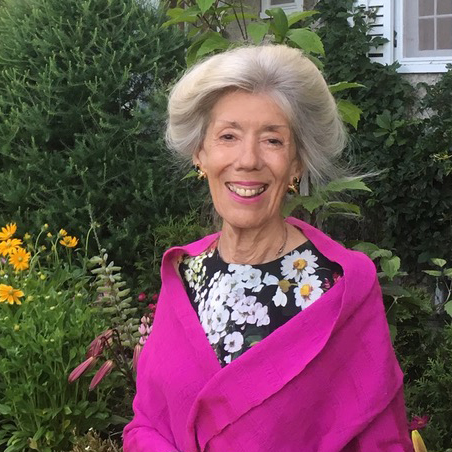
By Judy Carmack Bross

Author Hal Rubenstein welcomes Costume Council of the Chicago History Museum
“For 70 years television has been our in-house pro bono stylist, cajoling and inspiring us. –Hal Rubenstein, the longtime fashion director and author speaking on the most stylish TV shows at a recent sold out luncheon hosted by the Costume Council of the Chicago History Museum.

Hal Rubenstein with event guests
Pop culture soupcons from his recently released Dressing the Part: Television’s Most Stylish Shows, kept the chic crowd lingering to question the author long after Costume Council David Mordini and Program Chairs Toni Canada and Dusty Stemer welcomed guests and Rubenstein’s fabulous fashion photos drew approving nods of recognition.

Rubenstein, left, with Costume Council President David Mordini
Fern Mallis, creator of New York Fashion Week and often called the “Godmother of Fashion,” interviewed Rubenstein, delving into how TV shows express their times and our wardrobes.
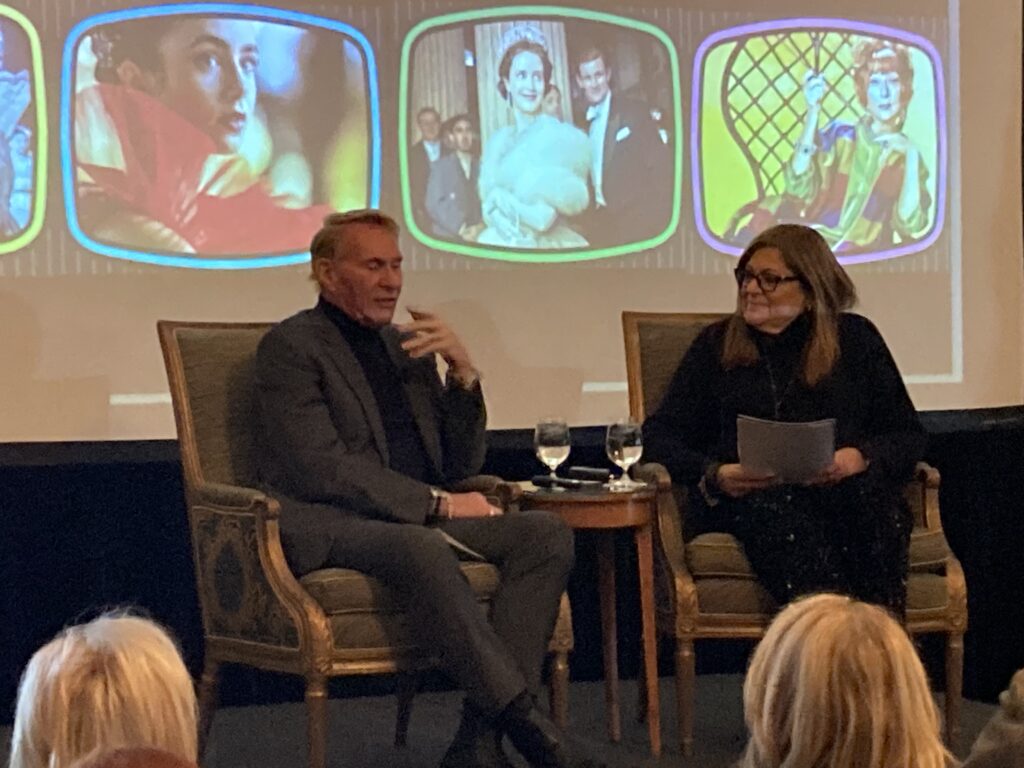
Hal Rubenstein with Fern Mallis
Shirred Empire-waist gowns and military jackets were next season’s must haves along with long gloves for women, thanks to Bridgerton. Just as, years ago, Fonzie domesticated Marlon Brando’s leather jacket, housewives put on flats and capri pants like Laura Petrie on The Dick Van Dyke Show, and I Love Lucy created an $18 billion maternity fashion industry.
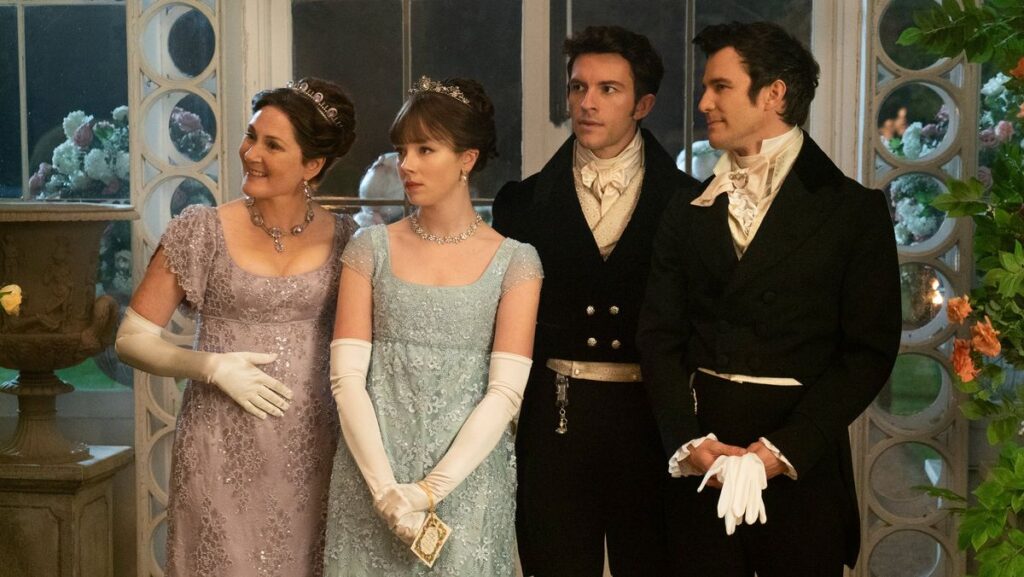
The Bridgerton cast in Regency costumes. |

Lucille Ball, who gave birth to little Ricky in 1953, wore the first maternity clothes on TV |
Miami Vice not only introduced us to Don Johnson fighting crime in a pale pink linen blazer, and Sarah Jessica Parker in her four inch heels in Sex in the City, these hit shows glamorized their respective cities making them even more influential travel destinations. “Miami had been very glamorous during the 1950s but had become much more dangerous in the 1980s. Those guys in their sherbet colored Versace were not only the best thing to happen to Italian fashion, but Miami, thanks in large part to them, had the fastest urban renewal in history. And Carrie Bradshaw was the greatest ambassador for New York in the 1990s, her greatest love story was not with Mr. Big but with New York. Her first ballerina skirt cost $5 at a SoHo thrift shop, and people still search for the Magnolia Bakery to get her favorite cupcakes.”

Program Co-Chairs Dusty Stemer, left, and Toni Canada with Hal Rubenstein
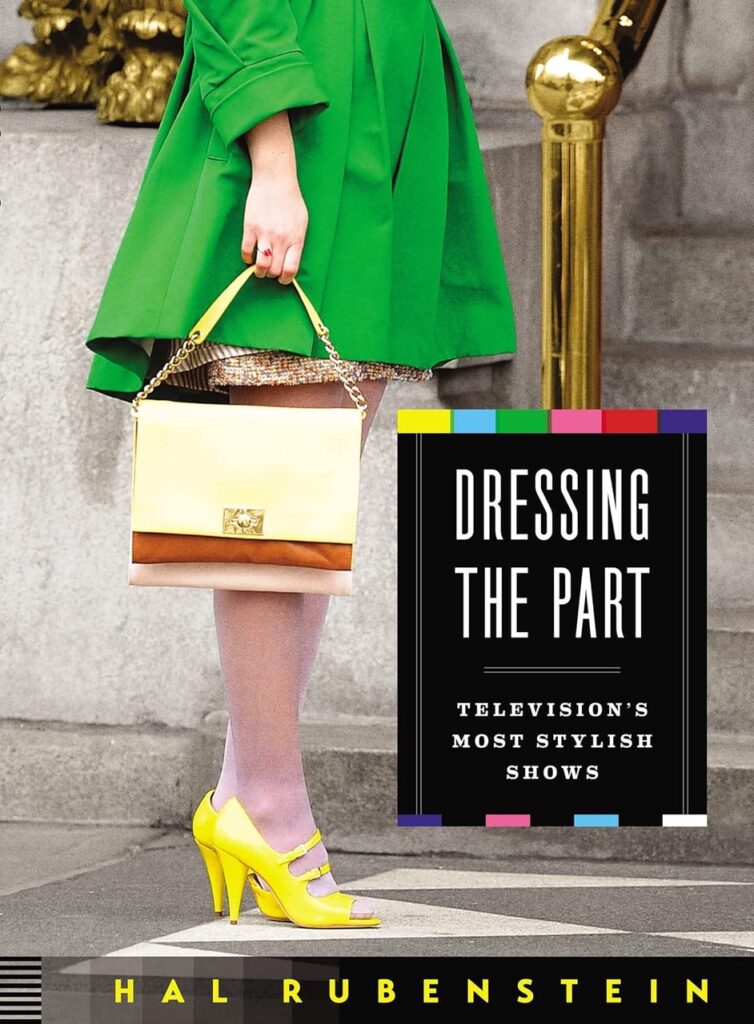
“For Fifty years on the Nicollet Mall in Minneapolis it’s not been unusual to spot someone walking down one of its sidewalks and suddenly fling his or her hat in the air,” Rubenstein said, noting that an eight-foot statue to Mary Tyler Moore was erected there in 2002. “On her show Mary work a lot of Evan Picone as a single working woman in her twenties. Contrast that wardrobe with Nolan Miller for Dynasty. He had a budget of $35,000 a week, a huge amount at that time. It made the 1980s about as subtle as a disco ball. When Bloomingdale’s had an event featuring Dynasty inspired clothes, over 5000 people stormed the store.”
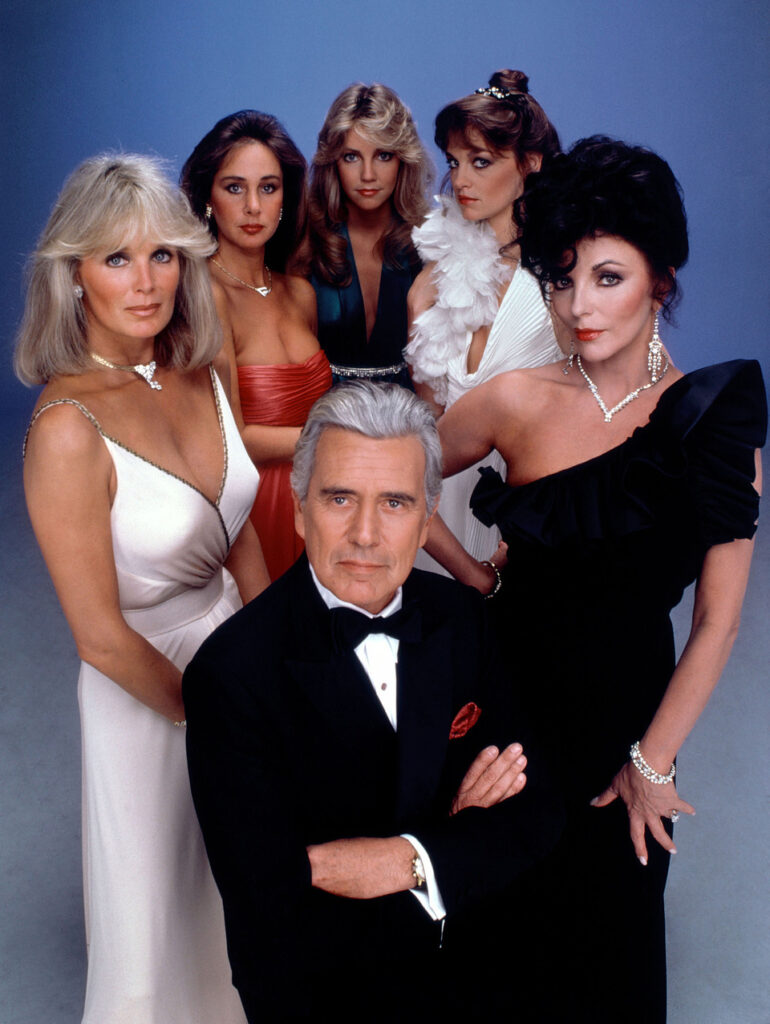
Dynasty stars dominated fashion in the 1980s.
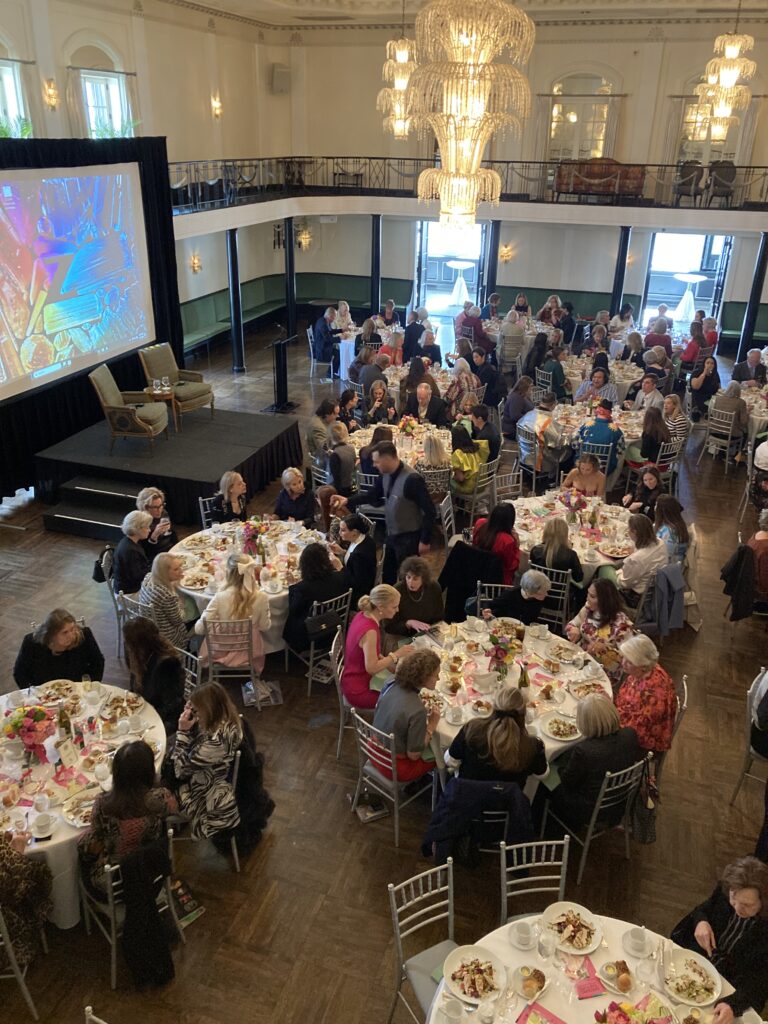
“Soul Train, which began in the 1970s, was the first show aimed at people of color, and the infectious dancing captured everyone as well as the opportunity to see performers like Marvin Gaye and Stevie Wonder,” he said. “That’s where we all learned to dance. And every minute it was on it showcased something superlative about being young, gifted and black, and the clothes were spectacular, from Jenga-stacked platforms to silver capes to blue sharkskin suits all in one dance line.”
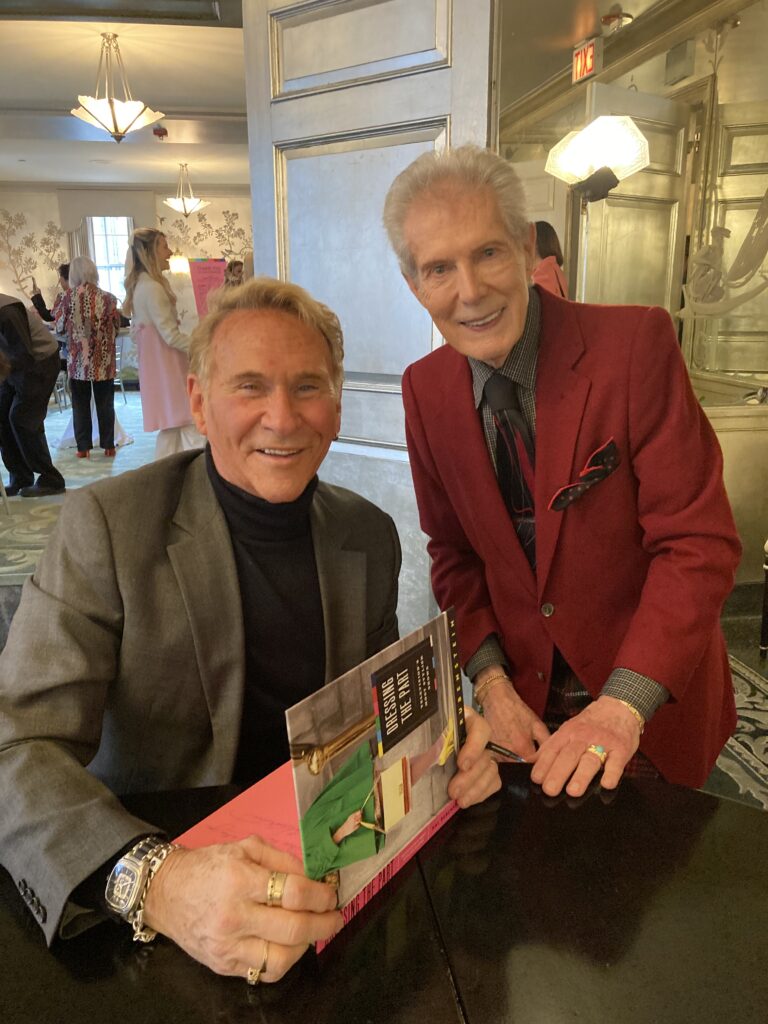
Hal Rubenstein with Conrad Miczko
“Through what we wear, people determine what we are. When Rachel from Friends walks into a room we know exactly who she is. On Mad Men it is fascinating to watch as characters move up the career ladder and it also revolutionized the men’s fashion industry. And we so often fall in love with the characters as well as their fashions.”

Hal Rubenstein with Shauna Montgomery
Photos by Eric Miller, Chicago History Museum
For further information about the Chicago History Museum and the Costume Council visit: chicagohistory.org







